According to defense news site Alert 5, Indonesia is considering a significant change in its military procurement strategy, as the country looks to purchase 42 used Chengdu J-10 fighters from China, and resume negotiations on Russian Su-35 aircraft. Photo: @ The National Interest.
However, no official confirmation has been made by Indonesia, China or Russia about these plans. However, there is speculation that the announcement could be made during the India Defence Exhibition & Forum, scheduled to take place from June 11 to 14, 2025 in Jakarta, Indonesia. Photo: @19FortyFive.
If true, these potential defense purchases signal Indonesia’s continued efforts to modernize its air force amid a complex regional security environment and economic constraints. While the reasons behind these moves remain unclear, they may reflect Indonesia’s need to balance costs, capabilities, and geopolitical alignments in a region marked by escalating tensions and rapid military advances by surrounding countries. Photo: @Air Force Technology.
Indonesia’s journey to modernize its air force has been a complex and often tortuous endeavor, influenced by a combination of strategic imperatives, economic constraints and geopolitical pressures. Photo: @Zona Militar.
The Indonesian National Armed Forces Air Force (TNI-AU) operates a diverse but aging fleet, consisting primarily of US F-16s, Russian Su-27s and Su-30s, and British Hawk 200s. While these aircraft are still operational, they struggle to meet the demands of modern air warfare, especially as regional powers such as China, Australia, and Singapore have been beefing up their air forces with advanced platforms such as the J-20, F-35, and Rafale. Photo: @19FortyFive.
Over the past decade, Indonesia has explored a variety of options to address this gap, working with a variety of global suppliers in its quest for advanced fighter jets. The pursuit of a new fighter jet began in earnest around 2015, when Indonesia expressed interest in Russia’s Su-35, a 4++ generation multirole fighter known for its super-maneuverability and advanced radar systems. Photo: @Air Force Technology.
By 2017, a deal to buy 11 Su-35s worth about $1.14 billion was announced, with the payment partially offset by Indonesian commodities such as palm oil and coffee. However, the deal has faced significant obstacles, mainly due to the threat of US sanctions under the Countering America's Adversaries Through Sanctions Act (CAATSA). A 2020 Bloomberg report noted that the Trump administration pressured Indonesia to abandon the deal, citing possible sanctions, leading Indonesia to formally cancel the defense purchase in 2021. Photo: @Air Force Technology.
At the time, Indonesian officials cited budget constraints, but analysts say US diplomatic pressure was a major deciding factor. Photo: @Air Force Technology.
Indonesia has also been looking for alternative platforms to diversify its options. In 2016, it partnered with South Korea in the KAI KF-21 Boramae military aviation development program to develop a 4.5 generation fighter called the KF-21 Boramae, designed to offer advanced avionics and stealth capabilities at a lower cost than fifth-generation aircraft such as the F-35. Indonesia’s role included funding and technical contributions, with the goal of purchasing up to 50 of these KF-21 Boramaes. However, financial challenges have led to a reduction in Indonesia’s commitment, raising doubts about the long-term viability of the program for Jakarta. Photo: @19FortyFiv
In 2022, Indonesia turned to France, signing an $8.1 billion deal for 42 Dassault Rafale fighter jets. The Rafale, another 4.5-generation platform, offers advanced avionics, a versatile weapons suite, and proven combat performance, making it a significant upgrade over Indonesia’s current fleet. The deal is one of the largest in Indonesia’s defense history, and is seen as a strategic alignment with Western partners, especially given concerns about US sanctions on Russian equipment. Photo: @Zona Militar.
However, the high cost of the Rafale and the logistical challenges of integrating a new platform have sparked domestic debate, with some lawmakers questioning whether the investment fits with Indonesia’s broader defense priorities. Photo: @Air Force Technology.
More recently, Indonesia has been linked to Türkiye’s TAI TF-X (also known as the KAAN), a fifth-generation fighter currently under development, although no formal agreement has been confirmed. The TAI TF-X, with its stealth features and advanced sensors, is an ambitious project, but its development timeline and cost remain uncertain, making it more of a long-term prospect than an immediate solution for Indonesia. Photo: @Zona Militar.
Indonesia’s pursuit of a new fighter is driven by a combination of operational, strategic and economic factors. The current fleet of the Indonesian National Armed Forces Air Force (TNI-AU), while serviceable, is increasingly outdated in a region where air superiority is crucial. Photo: @Zona Militar.
Neighboring countries have significantly upgraded their capabilities, with China deploying the J-20 stealth fighter, Australia operating the F-35 and Singapore purchasing Rafales. This regional arms race is putting pressure on Indonesia to modernize to maintain its credibility as a regional power and protect its vast archipelago, which spans 17,000 islands and vital sea lanes. Photo: @militarnyi.
Economically, Indonesia faces challenges in financing large-scale defense purchases. With a defense budget of around $9 billion by 2024, the country must balance military modernization with other priorities, such as infrastructure and defense social programs. Photo: @19FortyFive.
Geopolitically, Indonesia’s non-aligned foreign policy has pushed it to diversify its defense partnerships, avoiding dependence on any one supplier. By partnering with Russia, France, South Korea, Turkey, and now potentially China, Indonesia wants to maintain strategic autonomy while also responding to pressure from major powers like the United States. Photo: @19FortyFive.
Now, Indonesia's interest in China's J-10 fighter jets seems to be opening up a new and unexpected dimension to the country's defense procurement strategy. Photo: @ militarnyi.
Developed by China’s Chengdu Aerospace Corporation, the J-10 is a single-engine multirole fighter designed to compete with Western aircraft such as the F-16 and Eurofighter Typhoon. Unlike the Rafale or Su-35, the J-10 has not previously been a prominent candidate in Indonesia’s plans, making this potential acquisition a surprising development that deserves close scrutiny. Photo: @Zona Militar.
The potential purchase of 42 used J-10 fighters is a significant shift from Indonesia’s recent focus on Western and Russian platforms. Several factors could explain the shift, although the lack of official confirmation from Indonesia requires a cautious approach, but cost is likely the main driver. Photo: @19FortyFive.
Used J-10s, presumably sourced from the People's Liberation Army Air Force (PLAAF), could be purchased for a fraction of the price of new Rafales or even Su-35s. While the exact price has not been disclosed, a 2022 report on Aero-bg.com noted that Pakistan's purchase of 25 J-10C fighters was estimated at $1.3 billion, suggesting a cost of around $50 million per new aircraft. Of course, used J-10s could be significantly cheaper, perhaps around $20-30 million apiece, making them an attractive option for a country on a tight budget like Indonesia. Photo: @Zona Militar.
Strategically, the J-10 could appeal to Indonesia due to its compatibility with the current operational framework of the Indonesian National Armed Forces Air Force (TNI-AU). The J-10 is designed for multi-role missions, capable of air-to-air combat, ground attack, and maritime strike, which fits Indonesia’s need for multi-role platforms to patrol its vast maritime borders. Photo: @Zona Militar.
22…Its single-engine design offers lower operating costs than twin-engine fighters like the Su-35 or Rafale, an important consideration for a country with limited maintenance infrastructure. Additionally, China’s willingness to offer favorable financial terms or technology transfers could make the deal more attractive, as seen in defense deals with other countries like Pakistan. Photo: @militarnyi.
However, the reliability of the used J-10 remains a major unknown. While the aircraft’s performance is well documented, the older airframe will likely require more maintenance, potentially eating into the initial cost savings. Integration challenges, including pilot training and supply chain management, could further complicate the deal. Photo: @militarnyi.
If the goal is to rapidly expand the capabilities of the Indonesian National Armed Forces Air Force (TNI-AU) at a low cost, the J-10 could serve as a stopgap option. However, this decision risks alienating Western partners and further complicating Indonesia’s defense logistics landscape. Indonesia’s revival of the Su-35 deal, if it materializes, would face similar hurdles, with CAATSA sanctions looming. Photo: @19FortyFive.
Source: https://khoahocdoisong.vn/indonesia-mua-may-bay-j-10-da-qua-su-dung-tu-trung-quoc-post1544190.html


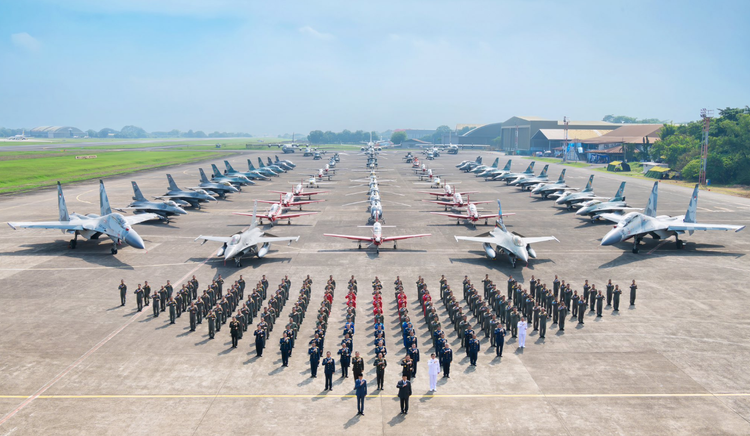
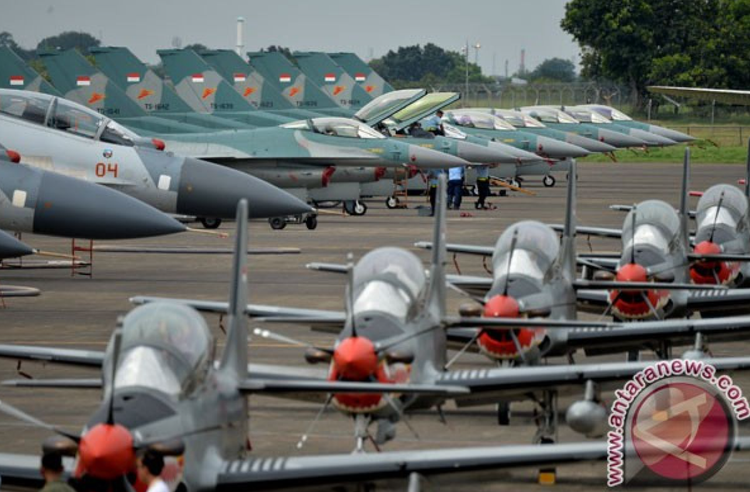
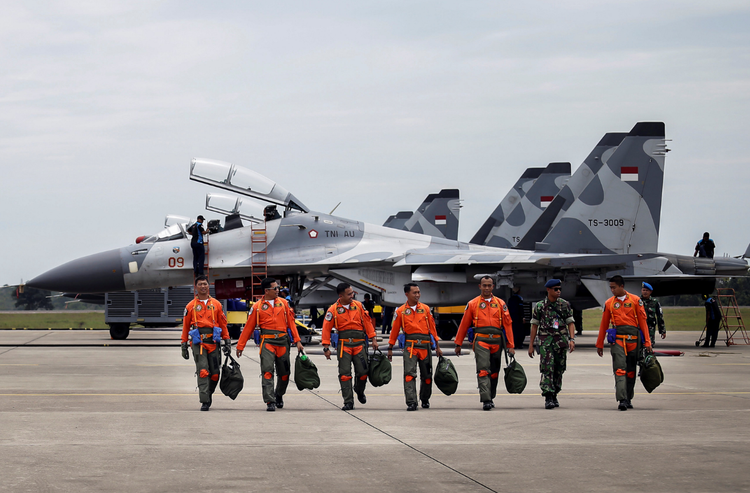

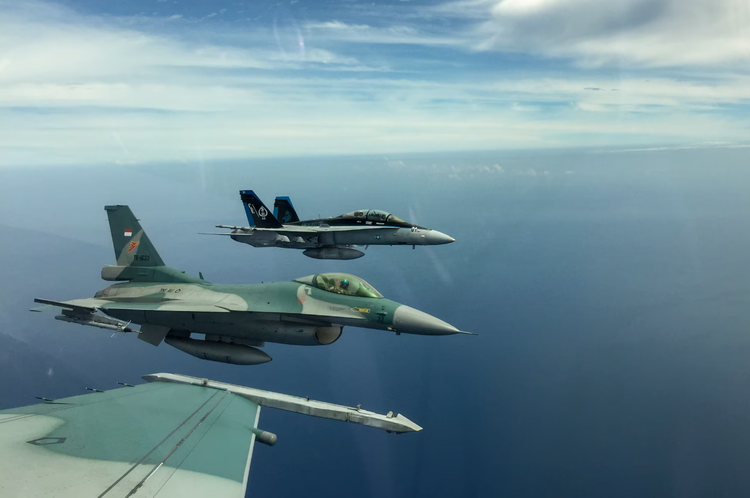

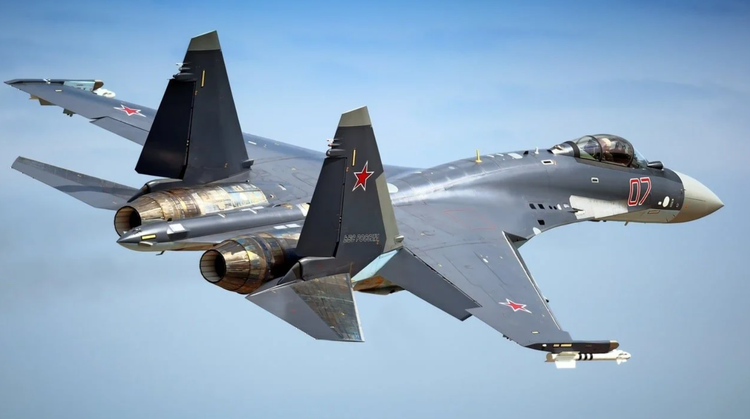
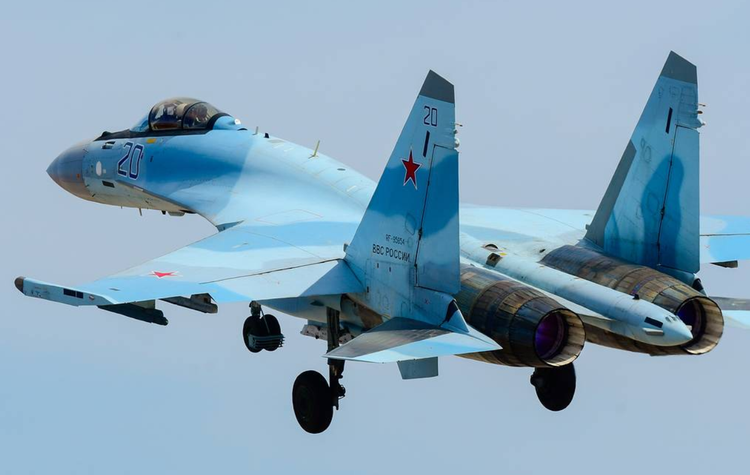
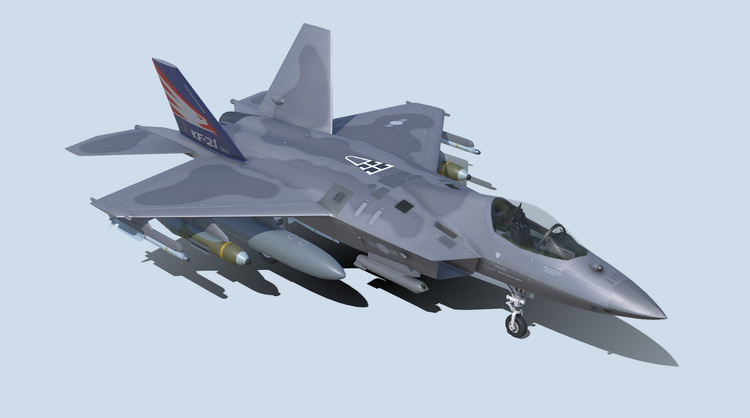
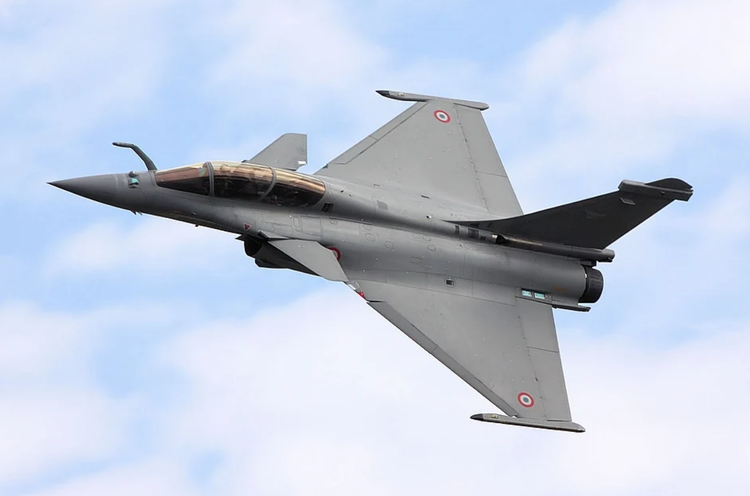
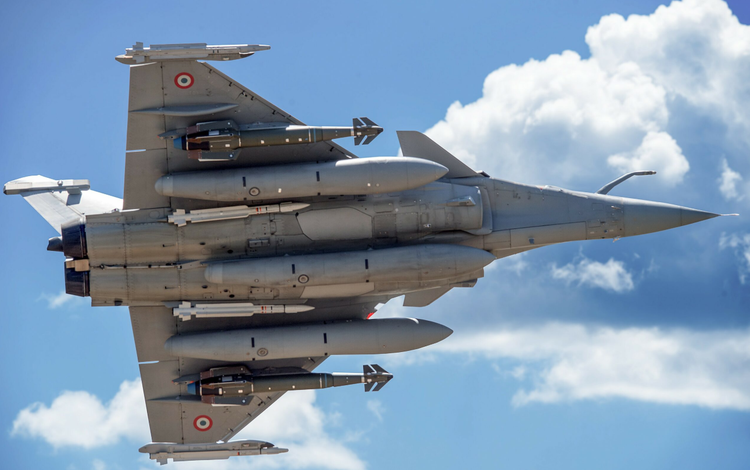
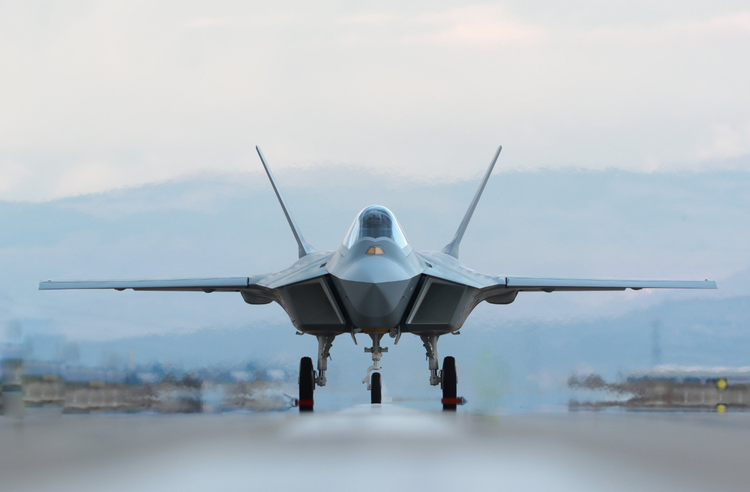
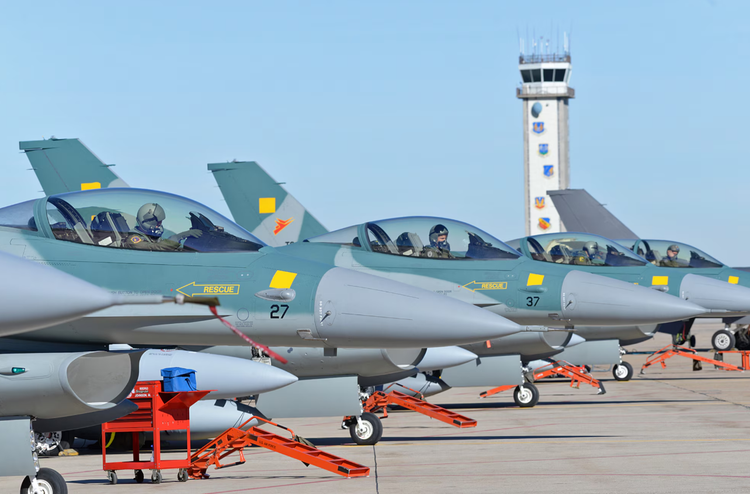
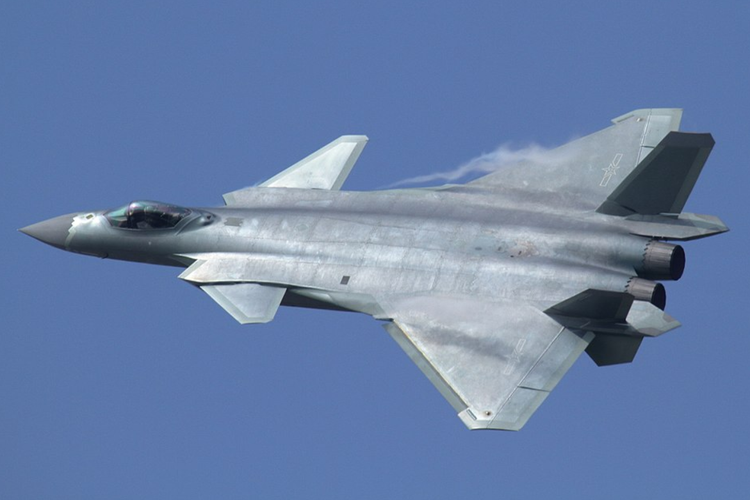
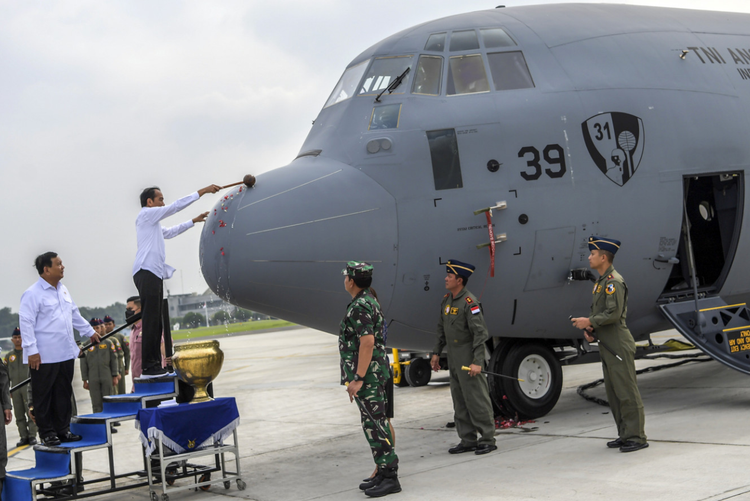
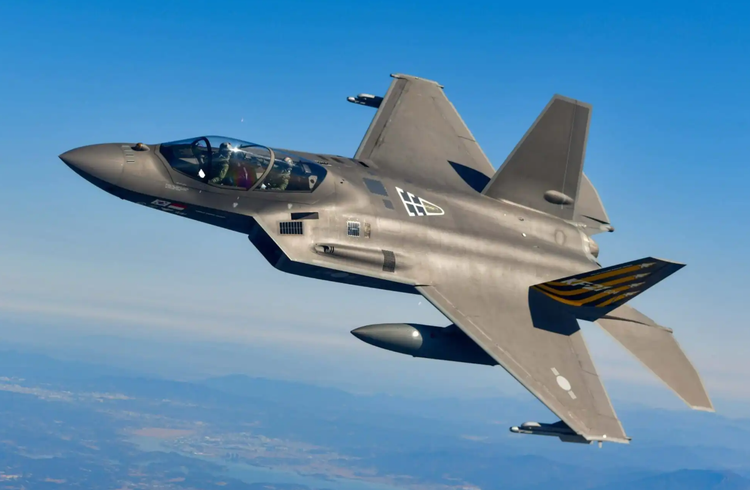
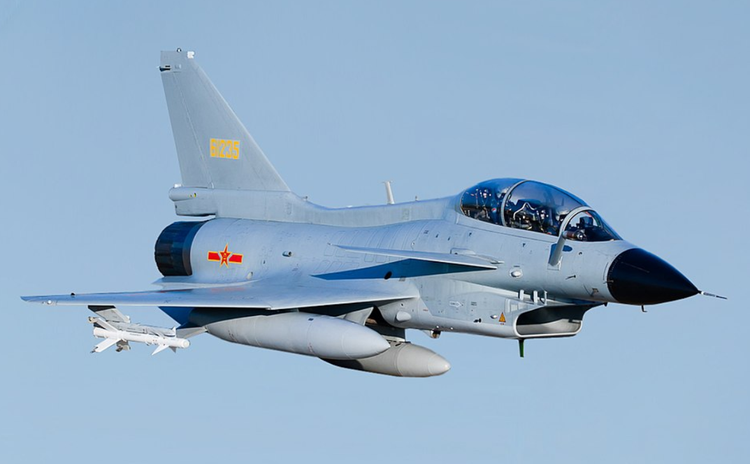
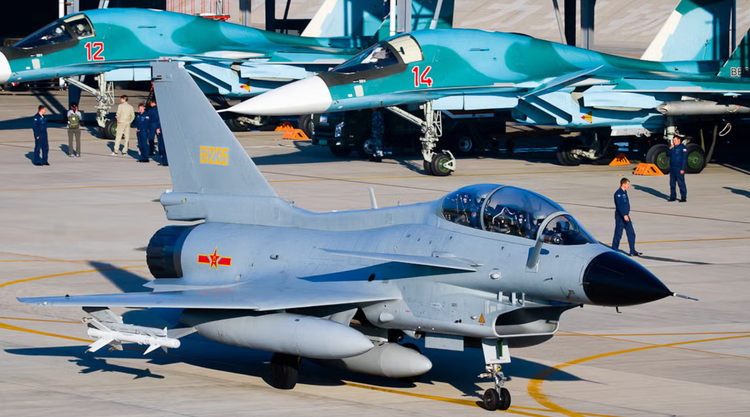
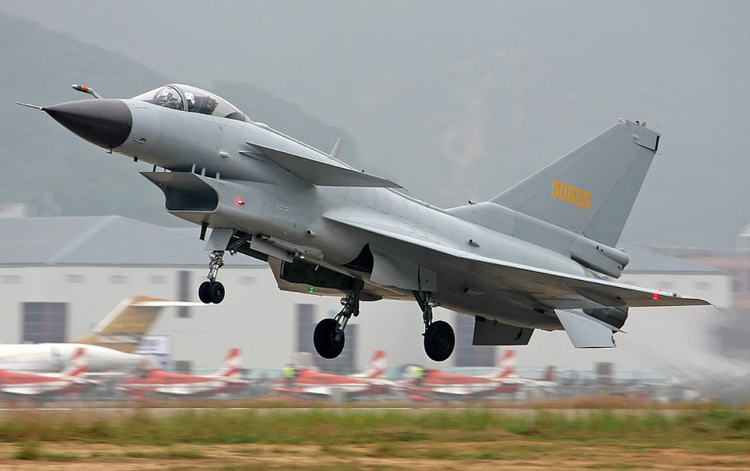
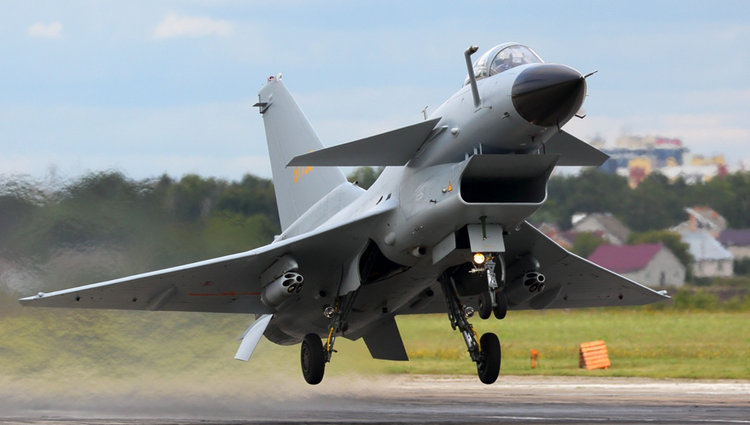
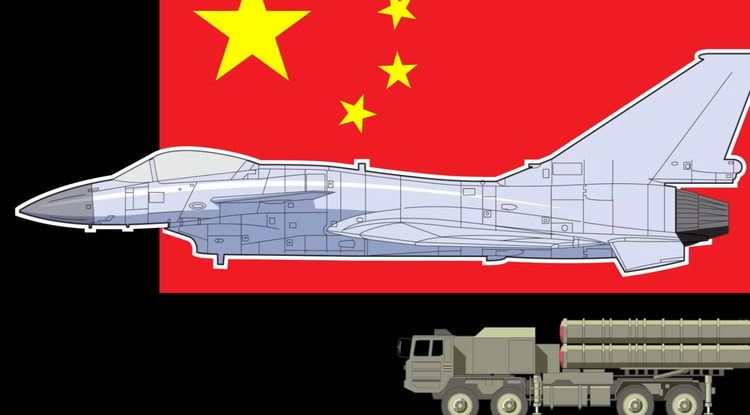
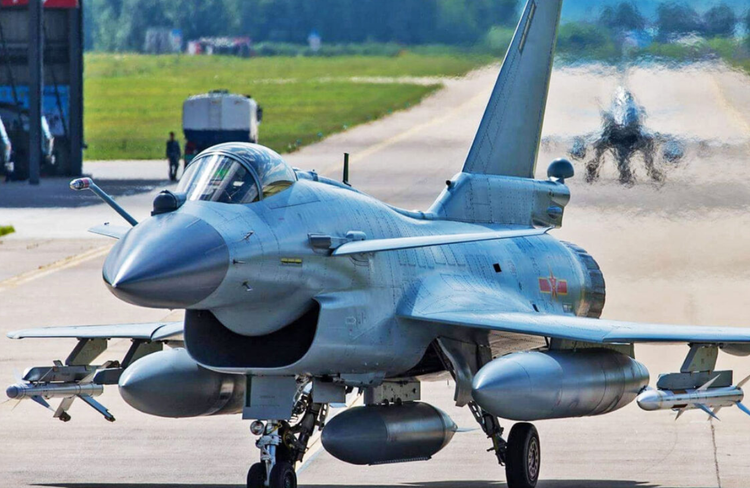
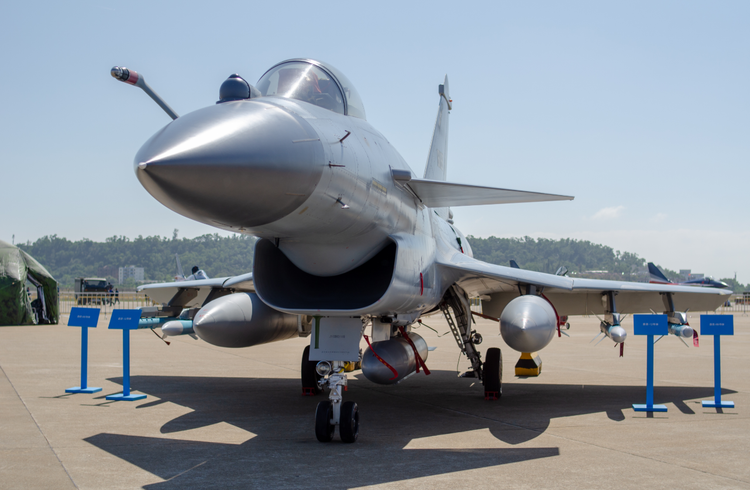
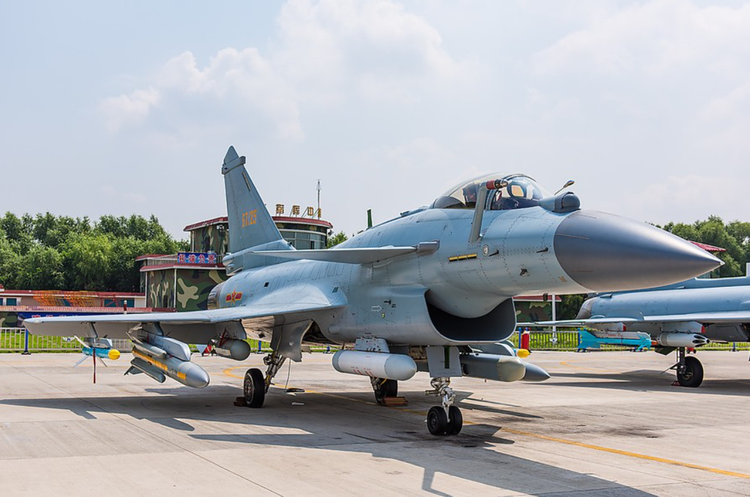
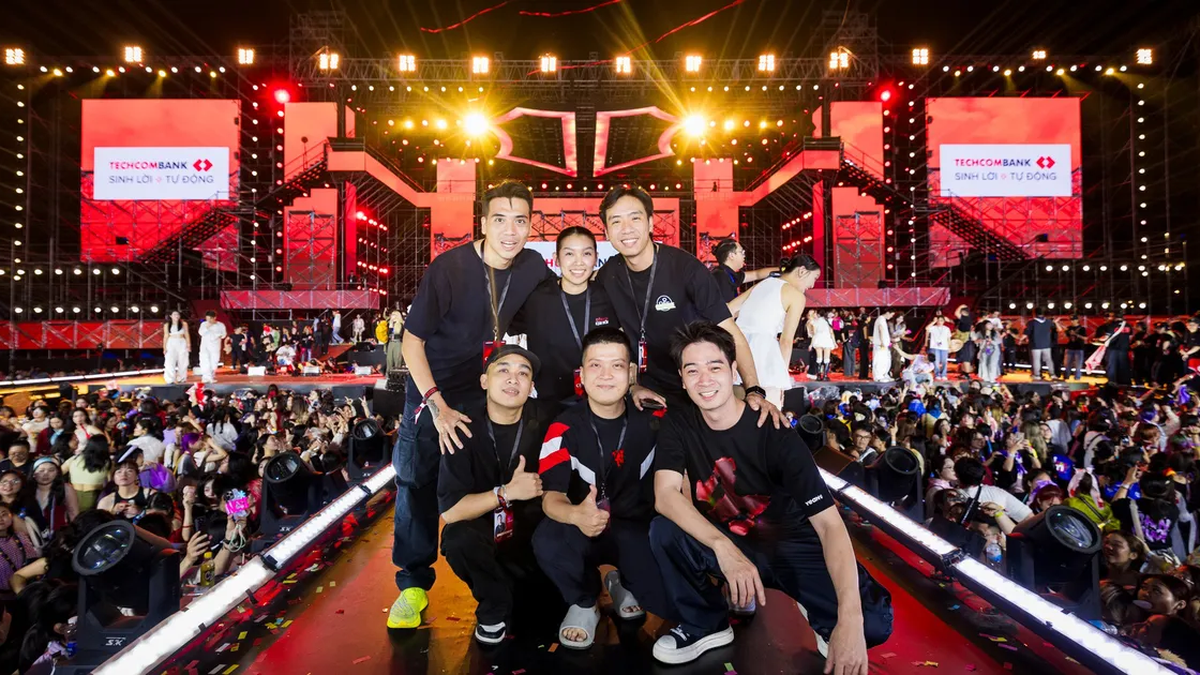
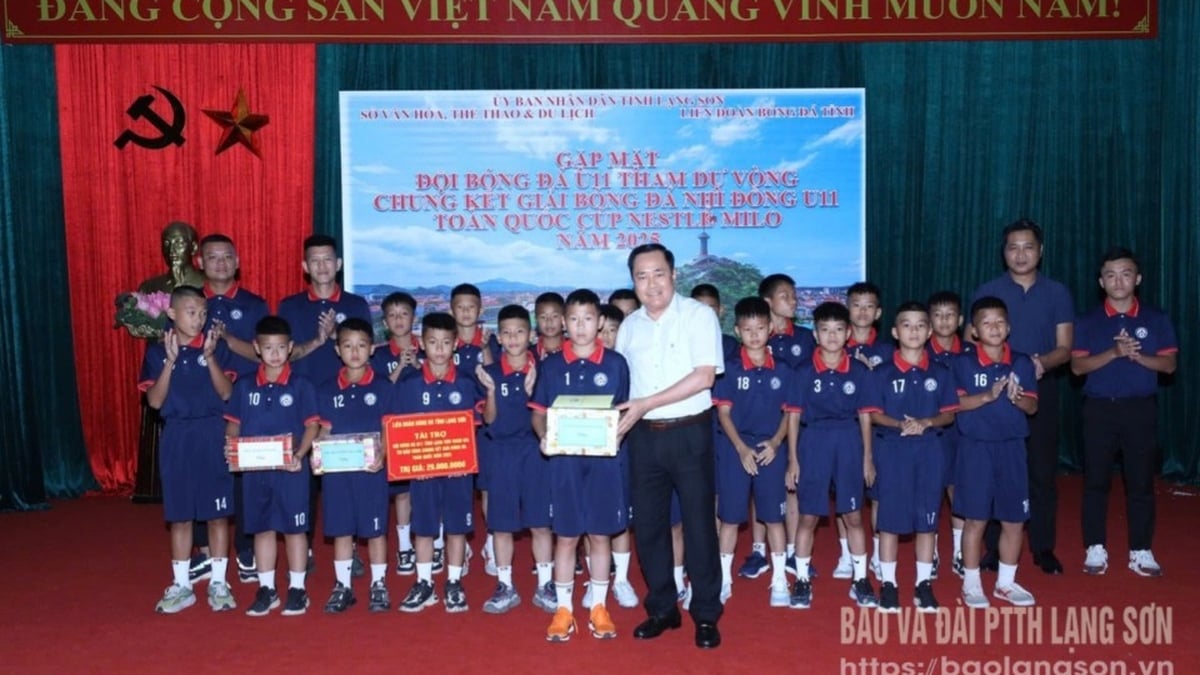
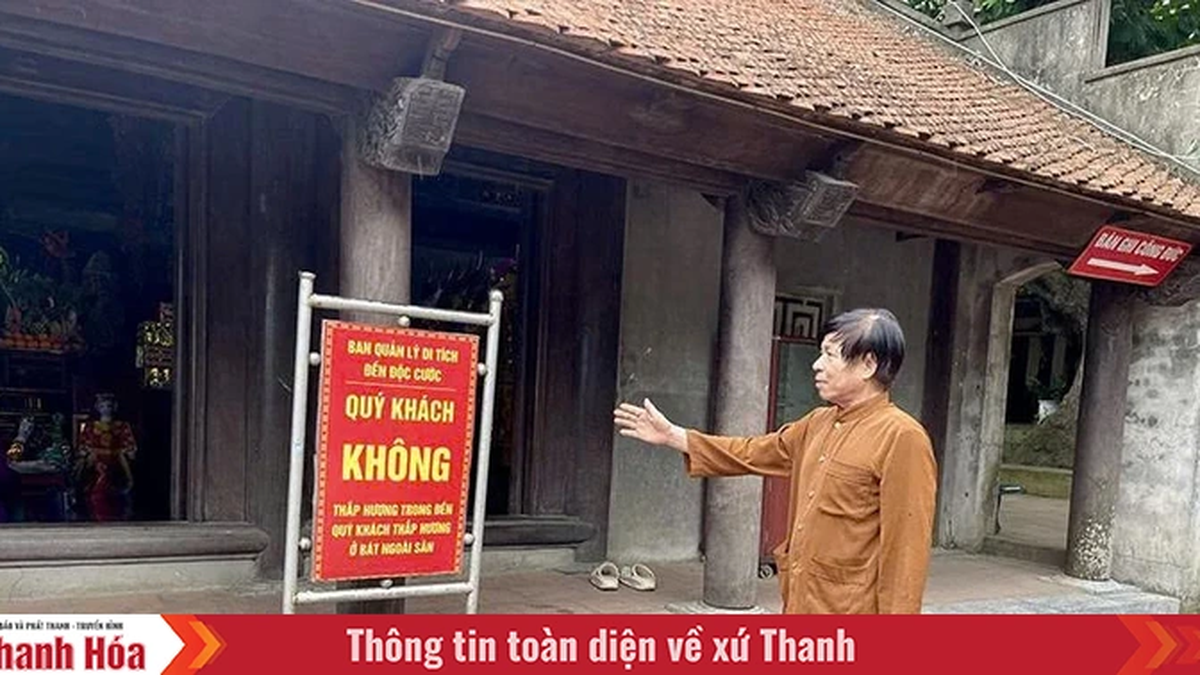
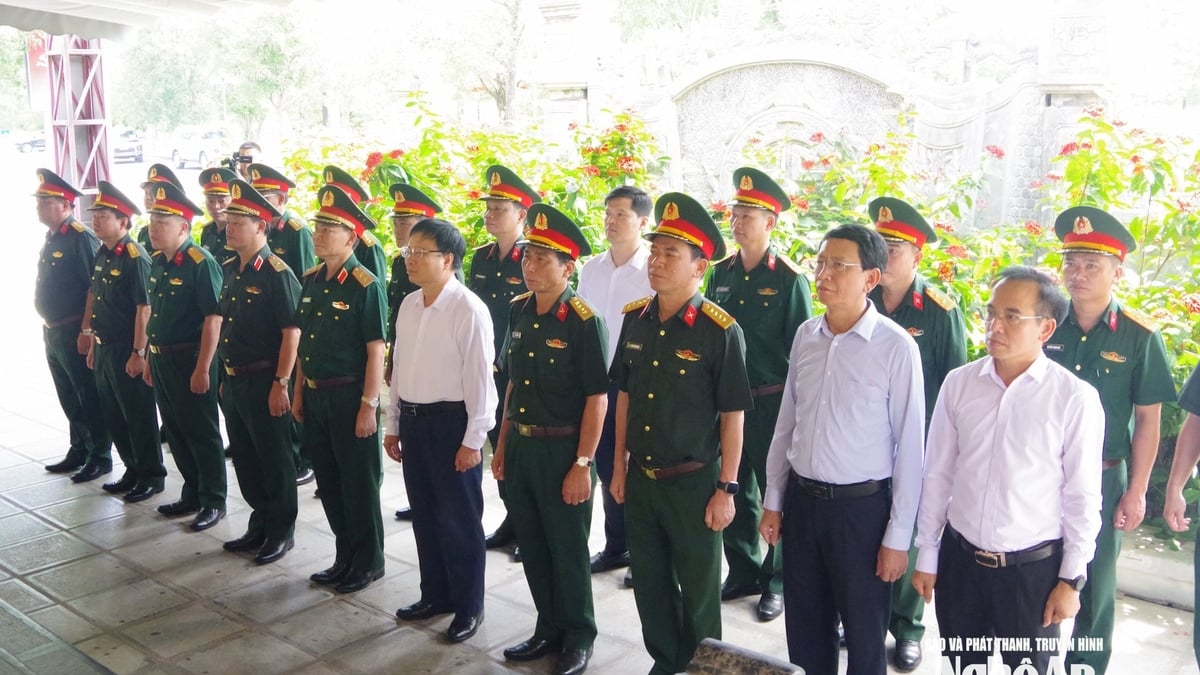
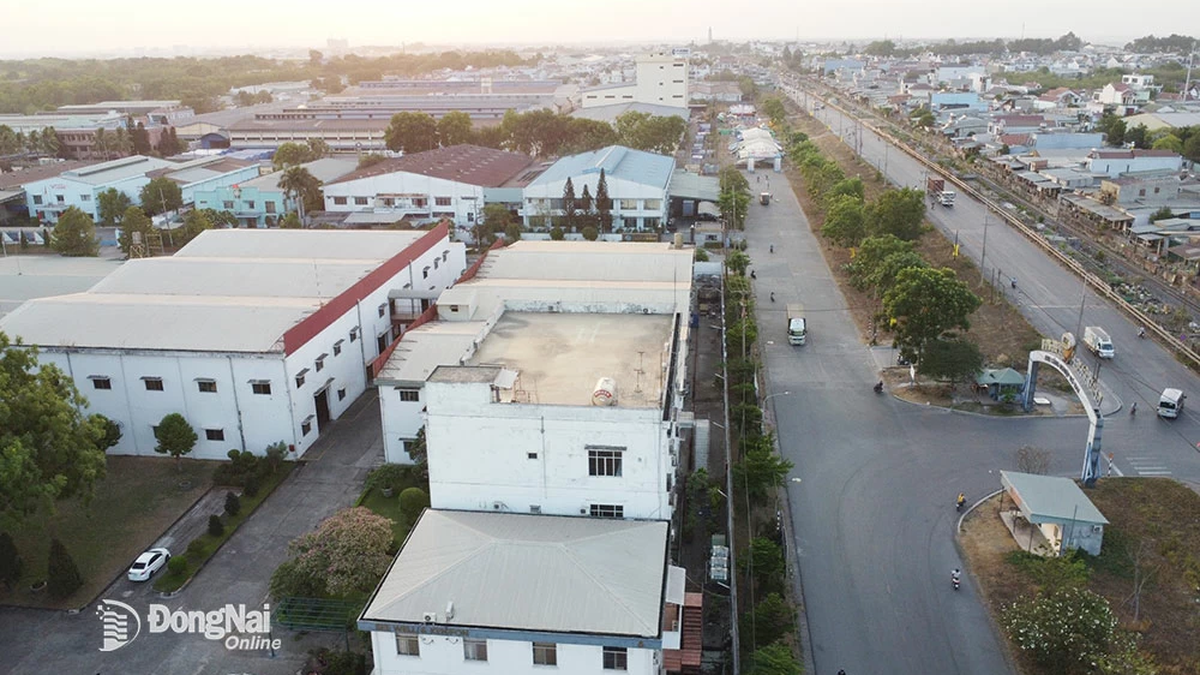
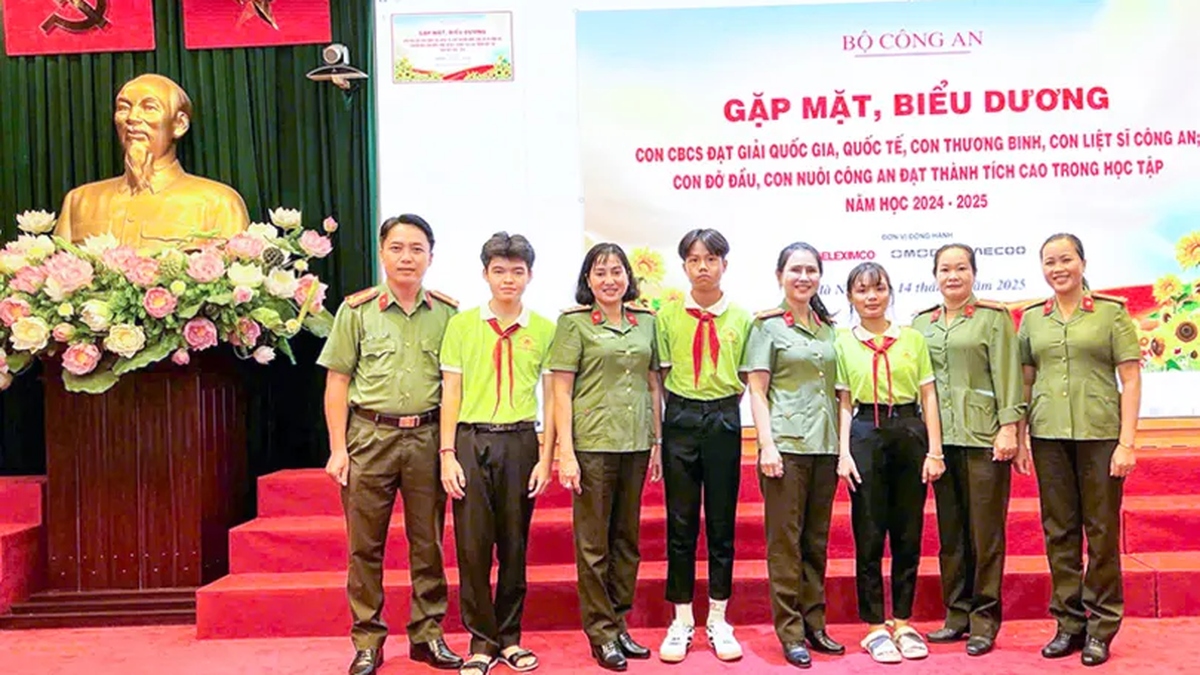

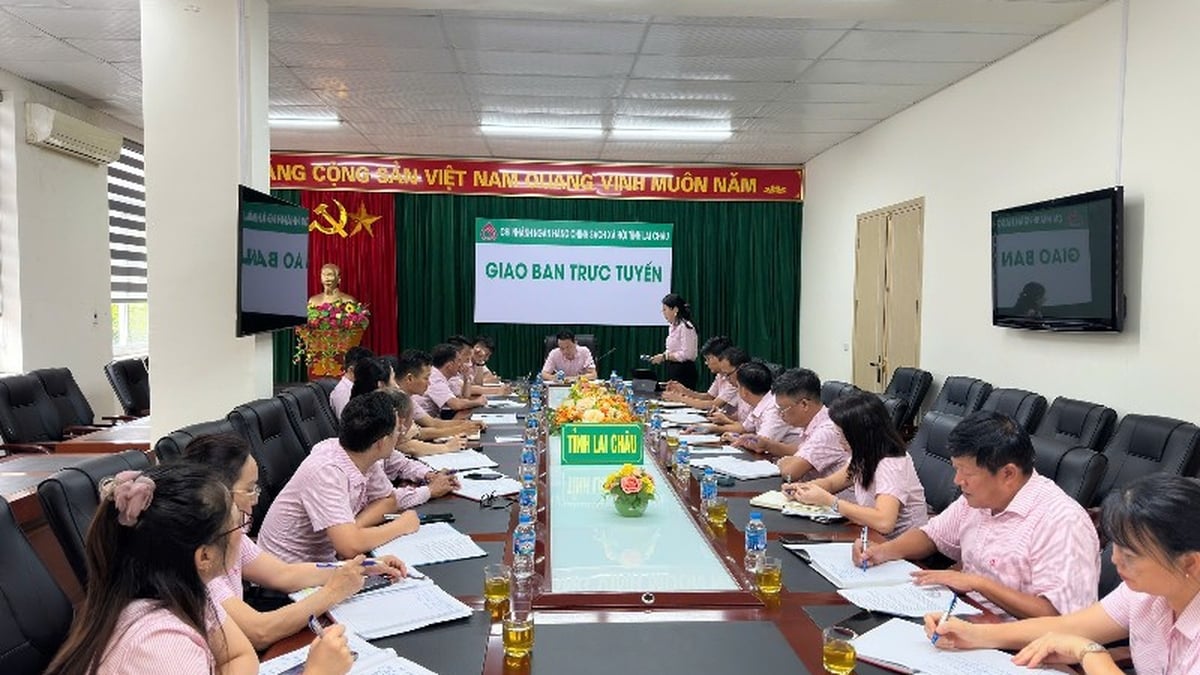
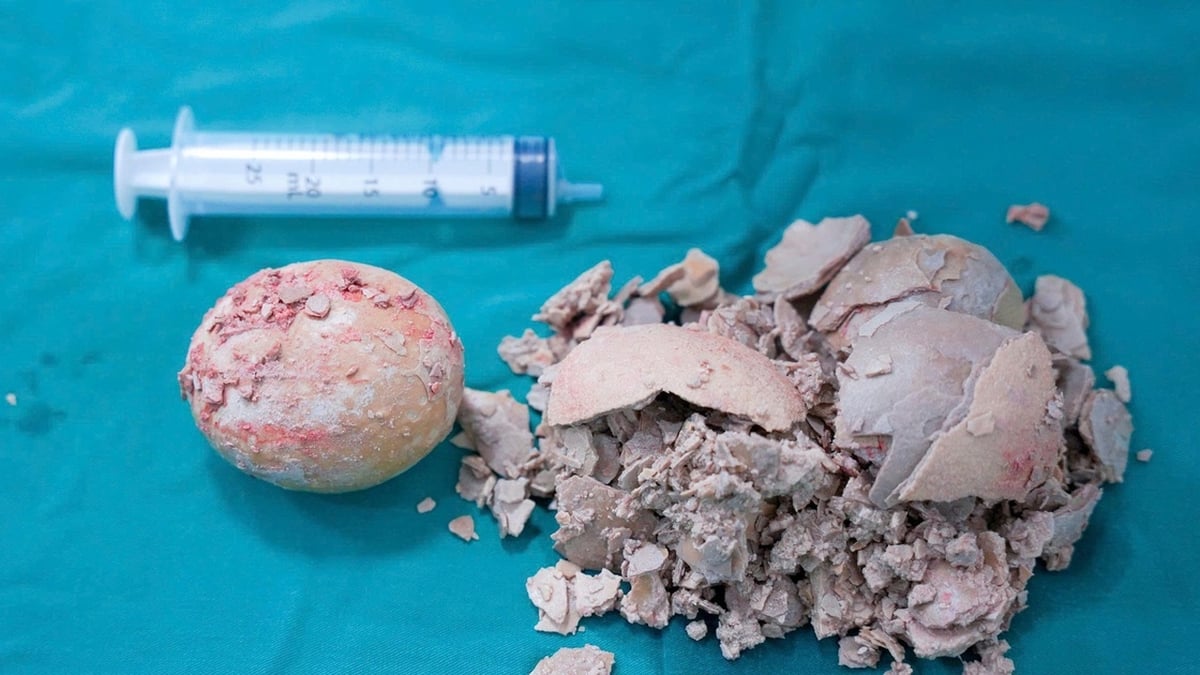











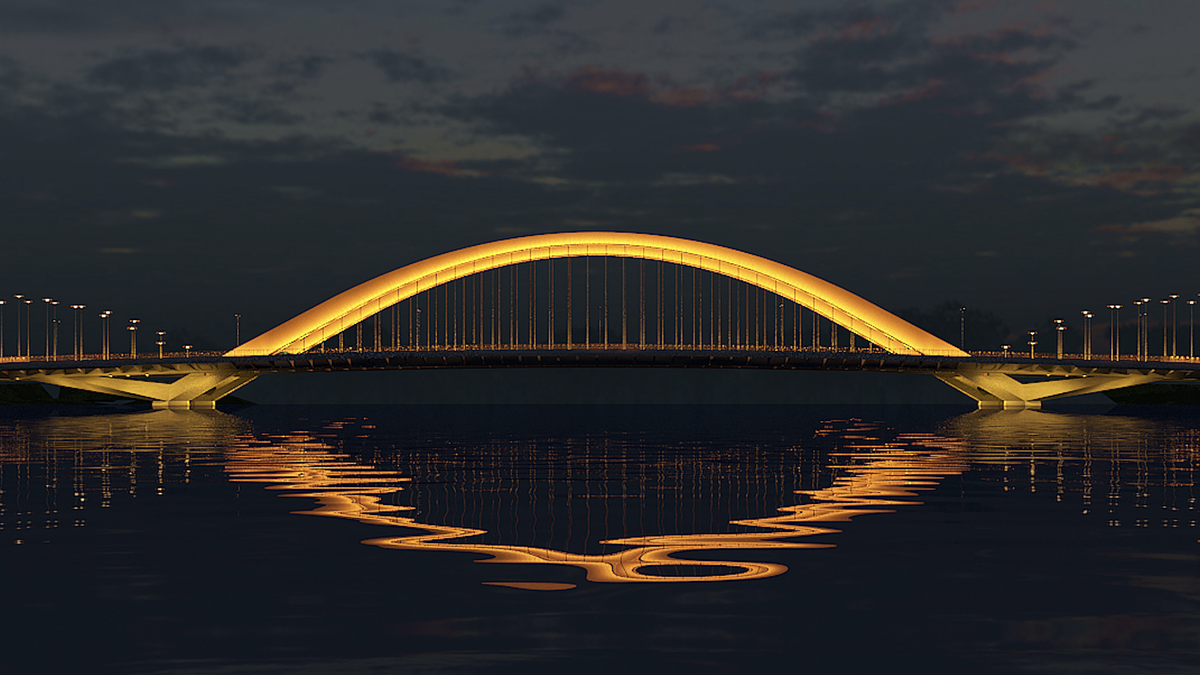





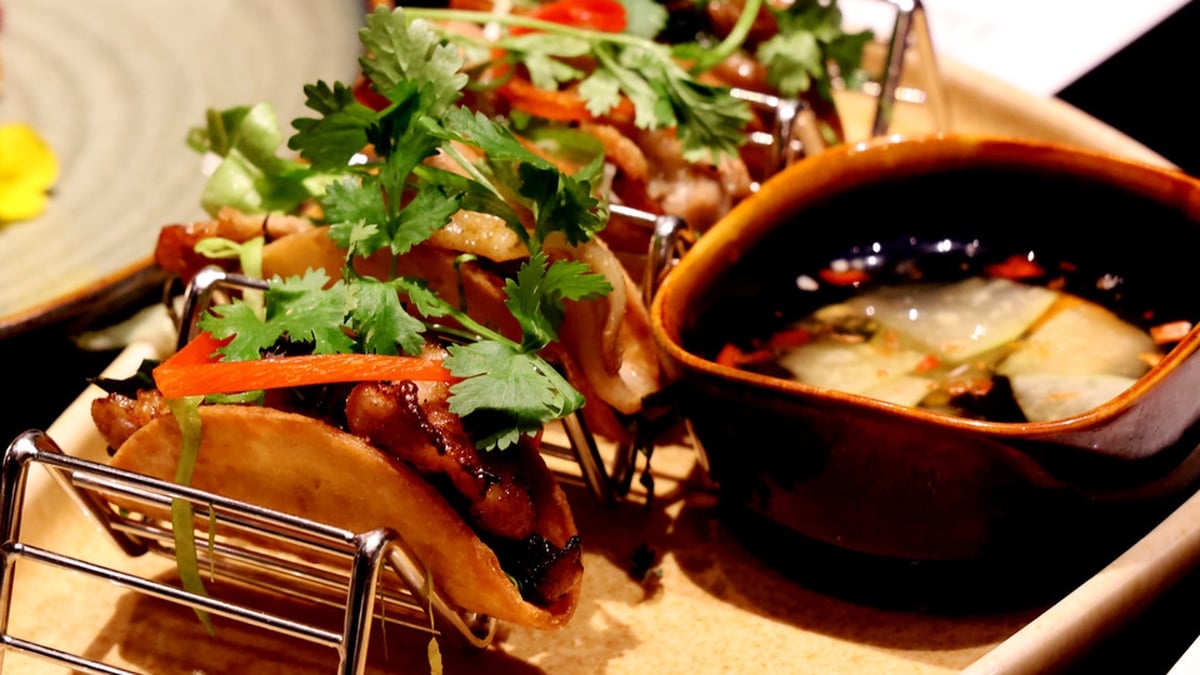
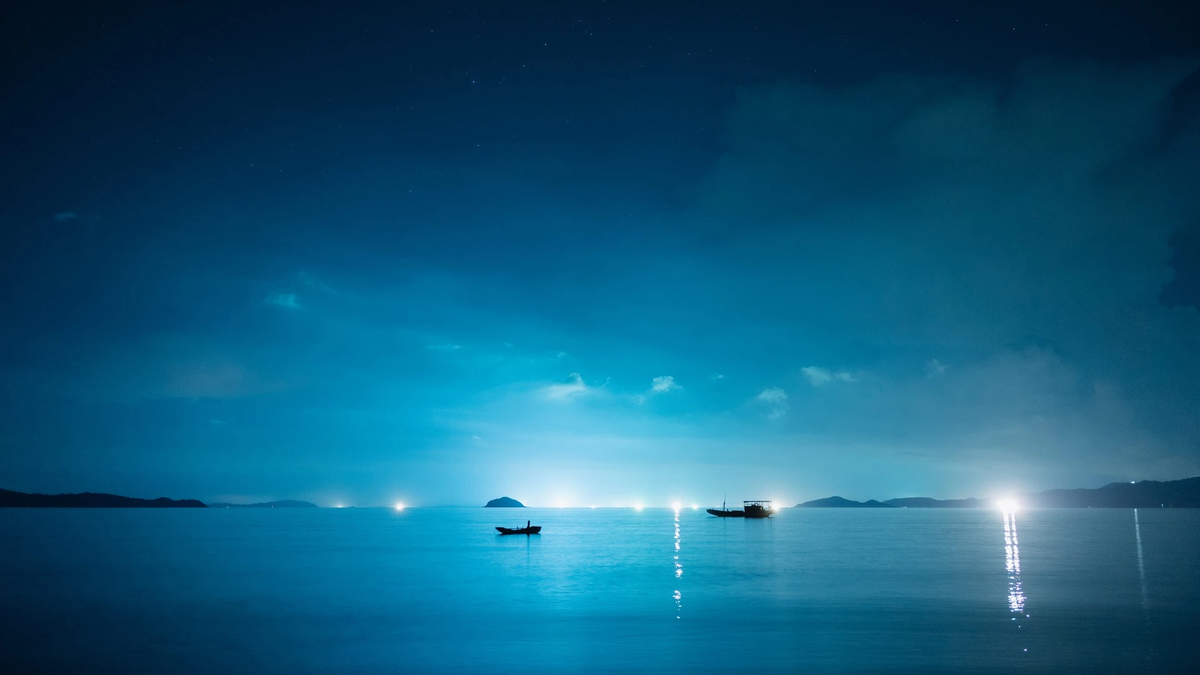

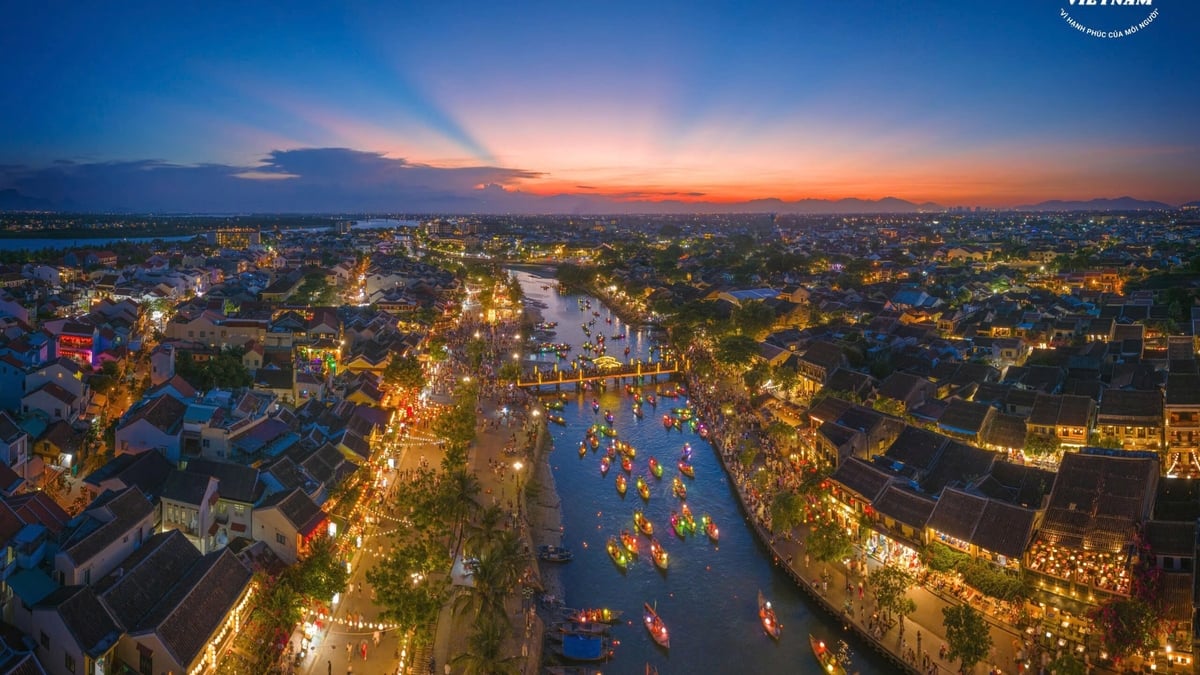


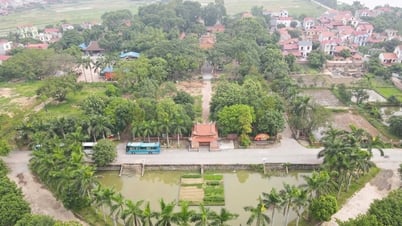

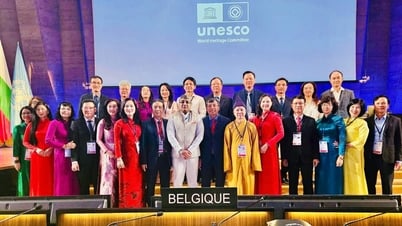

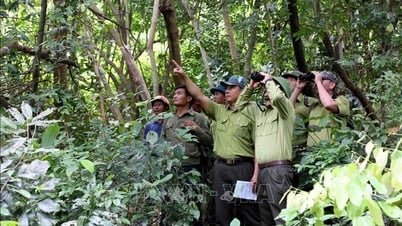






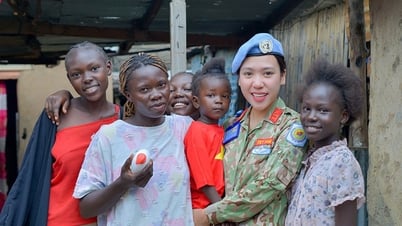



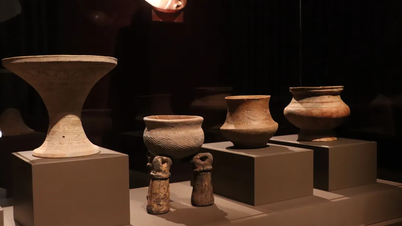


![[Maritime News] More than 80% of global container shipping capacity is in the hands of MSC and major shipping alliances](https://vphoto.vietnam.vn/thumb/402x226/vietnam/resource/IMAGE/2025/7/16/6b4d586c984b4cbf8c5680352b9eaeb0)




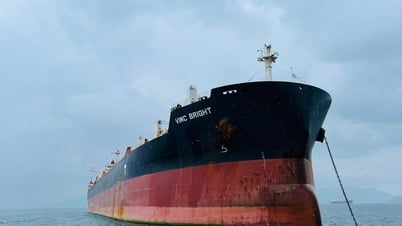
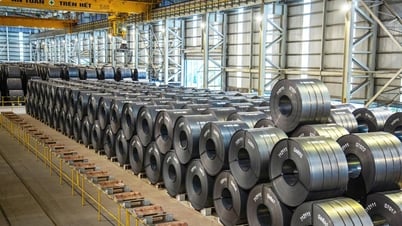
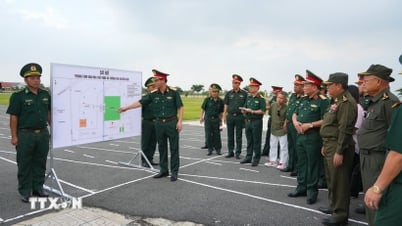


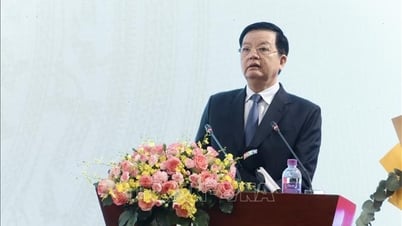
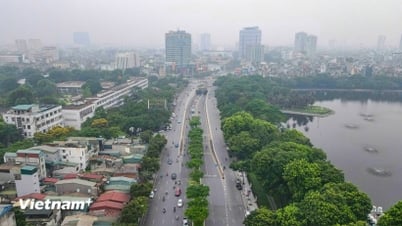

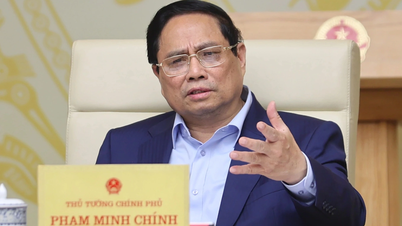
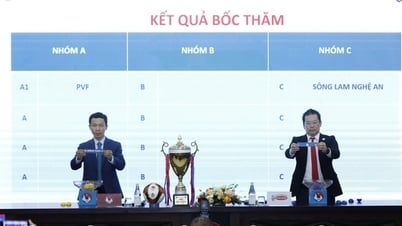

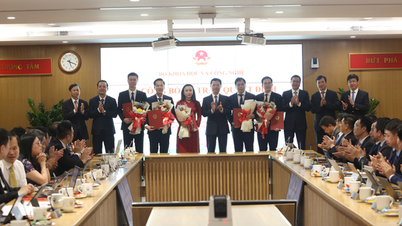


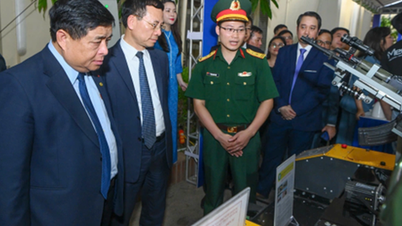









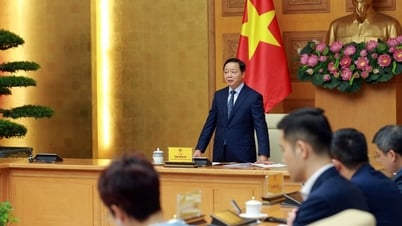

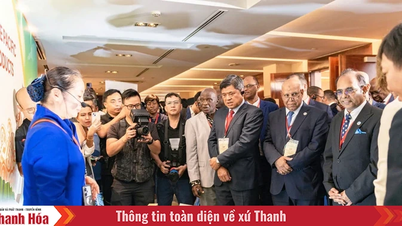

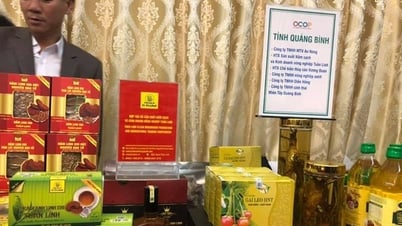










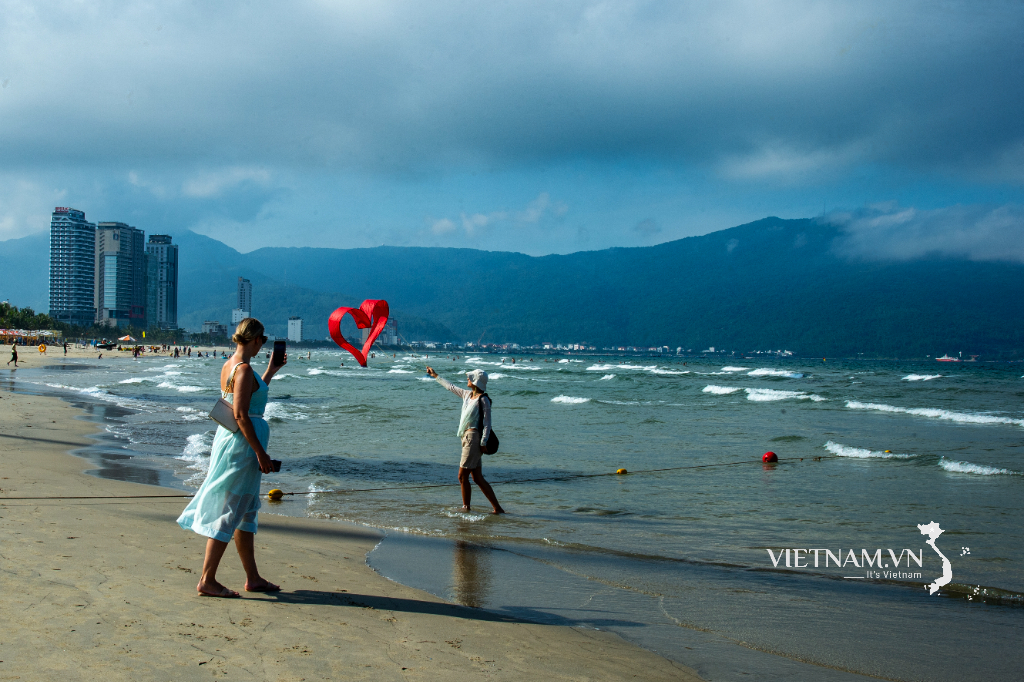
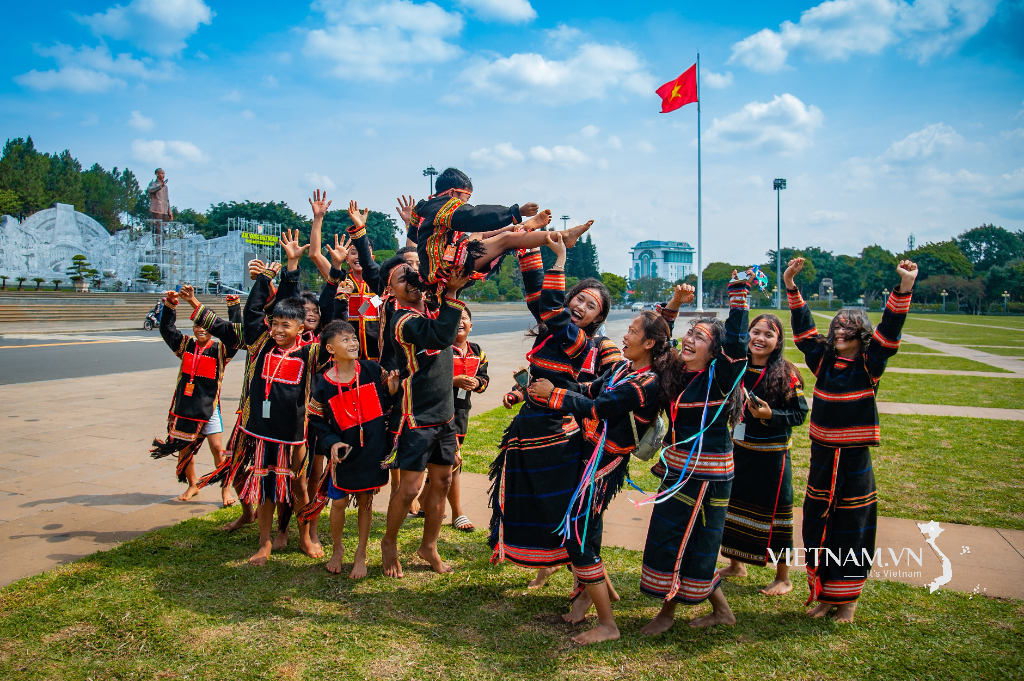
Comment (0)